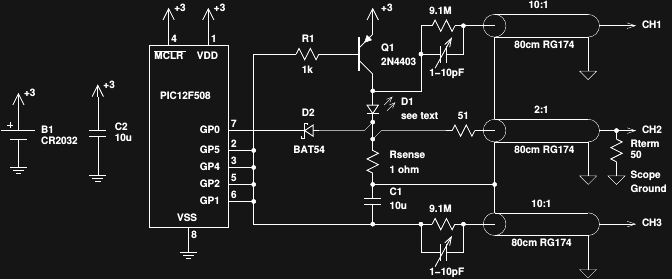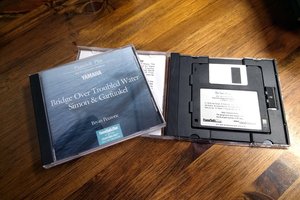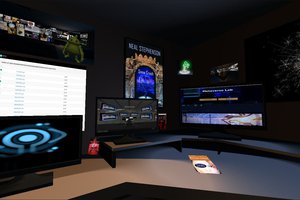I'll add a project log for each template or script with an example image right at the top and links to the appropriate template/example files to download. Browse the logs to find what's available.
For some reason, I usually don't update logs on other projects unless I find errors, but I'll edit these freely as the templates evolve.
 Ted Yapo
Ted Yapo






 Dejan Stankovic
Dejan Stankovic
 alusion
alusion
 Tom Nardi
Tom Nardi